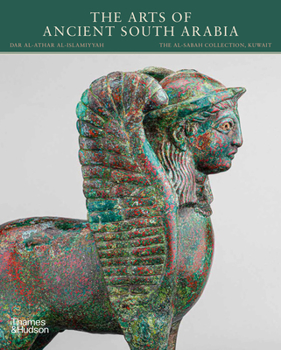The Arts of Ancient South Arabia
Between the third millennium BCE and the third century CE the Arabian Peninsula lay at the center of maritime trading routes between the Indian Ocean and the Mediterranean. A series of remarkable archaeological excavations over the past forty years have enabled a complete reassessment of ancient Arabia's wider history--now further illuminated by the spectacular and varied artefacts held by The al-Sabah Collection, Kuwait.
This volume reveals superb examples of luxury metalware in bronze, silver, and gold, created for a sophisticated elite familiar with trends in both the Greco-Roman world and eastern traditions. It also includes an impressive and diverse collection of funerary statues, stelae and carvings; many votive offerings to local deities; spectacular, large, loricate, bronze statues; and a range of intriguing objects that furnished homes and temples. The collection extends to a variety of gold jewelry, examined and cataloged by ancient-jewelry specialist Leila Ali Aquil. The inscriptions on these objects, freshly translated and annotated by epigraphist and pre-Islamic scholar Christian Robin, unlock many previously unknown aspects of South Arabian life and beliefs.
This monumental volume is in two parts: part 1 introduces the South Arabian region, its history, cultures, languages, and architecture; part 2, by leading South Arabian archaeologist Sabina Antonini, comprises the catalog of the collection itself, divided by object type.





